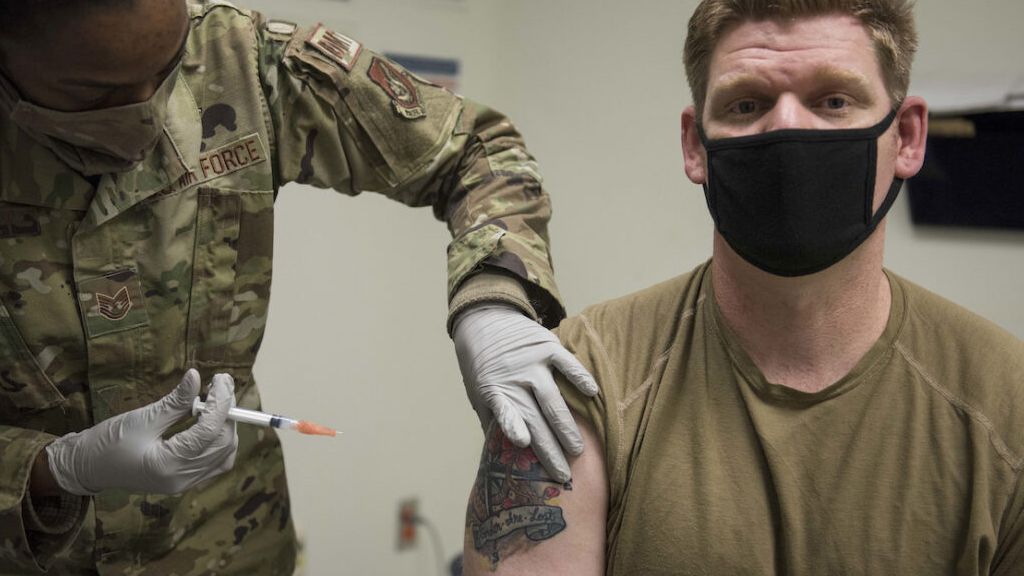
The Environmental Working Group (EWG) has updated its database on tap water in the United States, revealing where testing has detected potentially deadly pollutants in the nation’s water systems.
First published in 2005, the database was most recently updated in 2018.
“We’re collecting testing data from almost 50,000 water utilities nationwide,” said Sydney Evans, a science analyst with EWG, in an interview with The Epoch Times.
In just one state—Illinois—EWG’s database shows that many water utilities exceeded the legal limits of arsenic, radium, and total trihalomethanes (TTHMS), among other chemicals.
In its entry for the City of Chicago’s water system, EWG’s database reveals the presence of chemicals ranging from chloroform and hexavalent chromium to nitrate and radium.
While these chemicals were below the legal limit or, in some cases, not subject to any legal limit, EWG’s health guidelines for individual chemicals are far more stringent than current U.S. legal standards.
Although the Environmental Protection Agency’s (EPA’s) legal limit for nitrates is 10 parts per million (ppm), EWG’s health guideline limits nitrates to 0.14 parts per million.
Many of those tougher standards are based on California public health goals, while others are based on the EWG’s own research or the EPA’s calculation of the pollutant level associated with a one-in-a-million lifetime cancer risk.
According to Evans, even legal concentrations of contaminants may have additive or synergistic effects in combination with other pollutants, underscoring the need to reduce the legal limits of many chemicals.
A 2019 EWG study on the disinfection byproducts in drinking water estimated that the combined effects of those contaminants in community water systems could cause an additional 100,000 cancer deaths in the United States each year.
“One of the biggest things is we want people to recognize is not only are they being exposed to a contaminant, but usually multiple contaminants,” said Evans, who was an author on the above-mentioned study.







